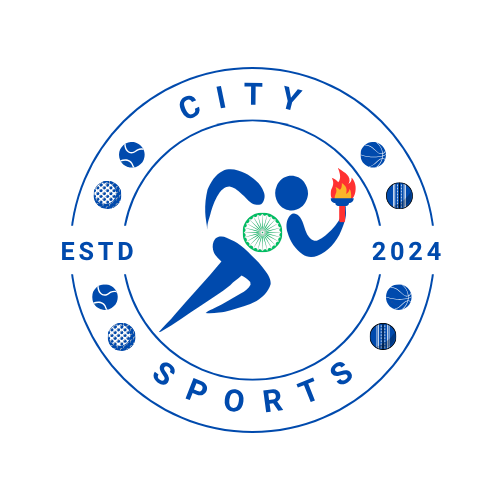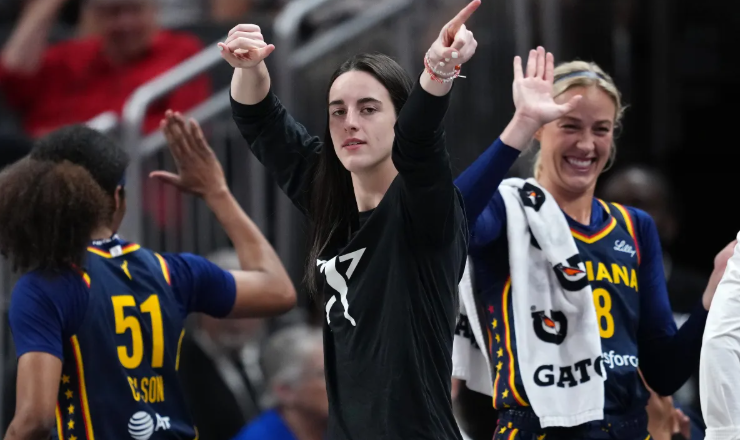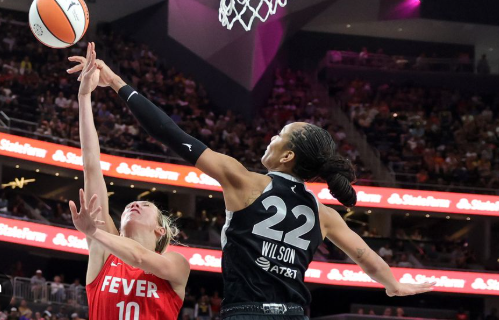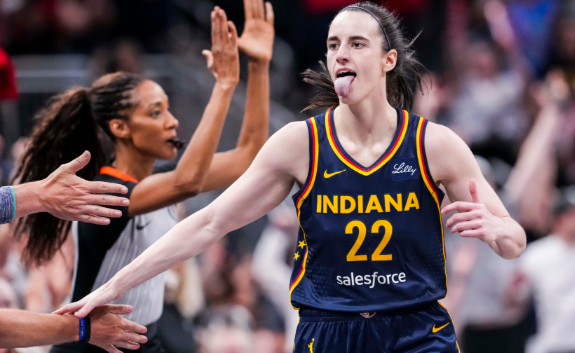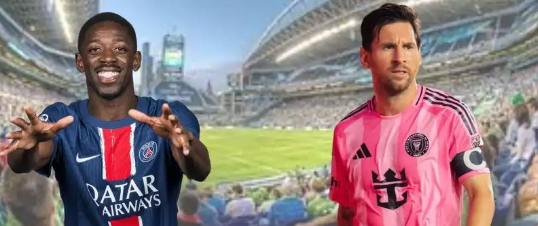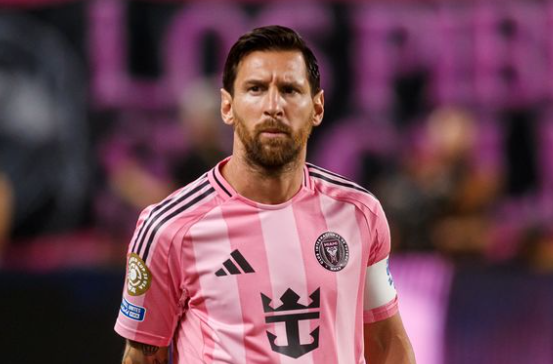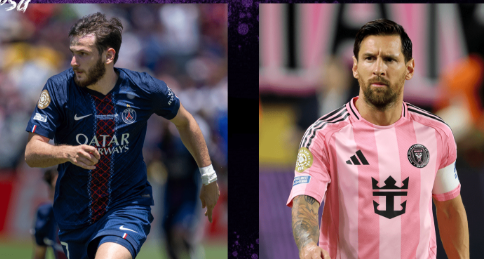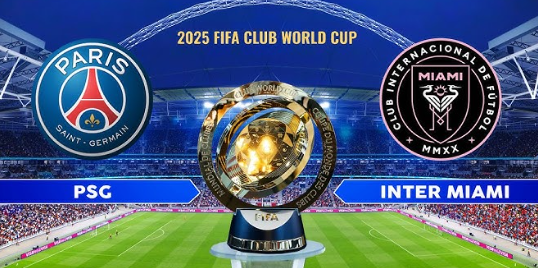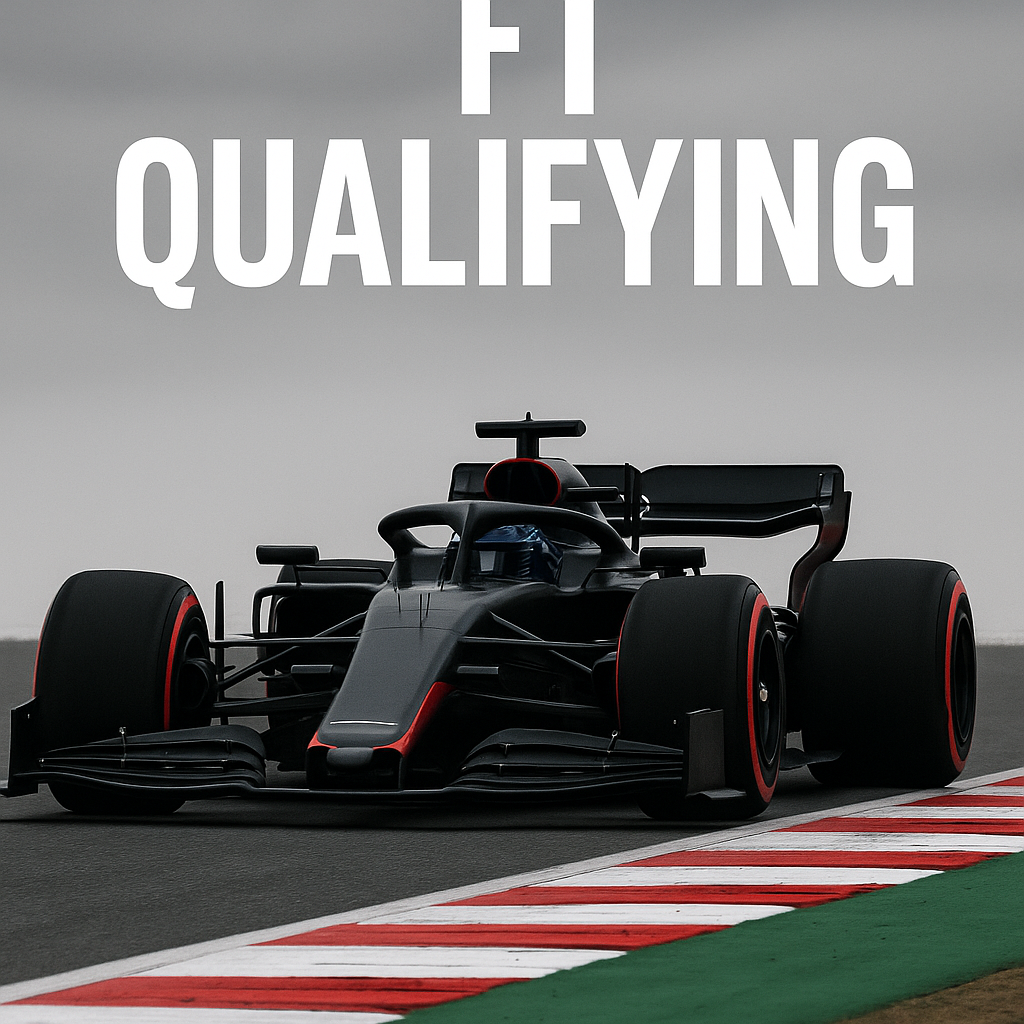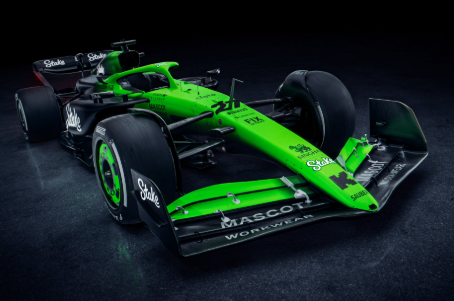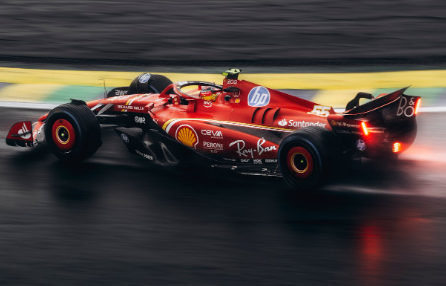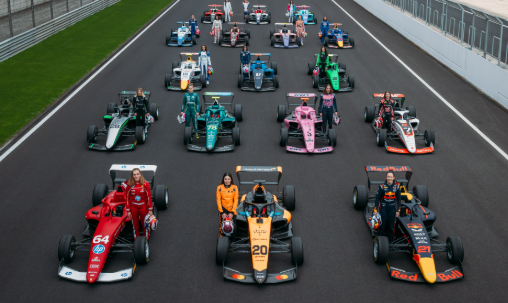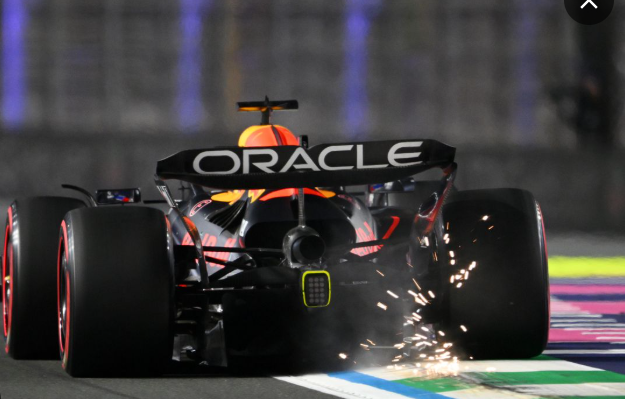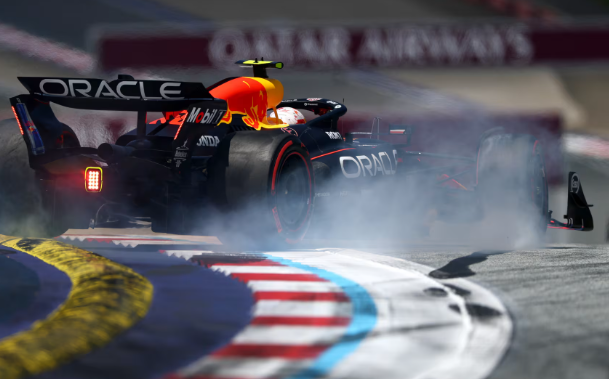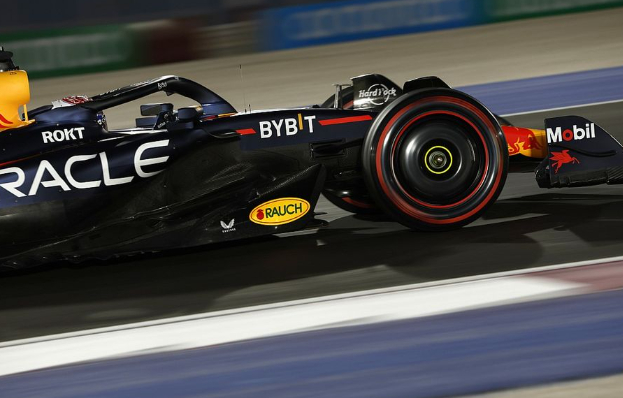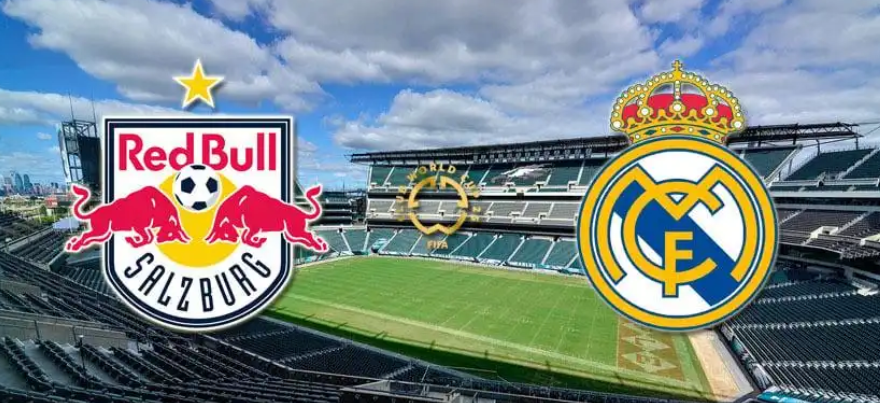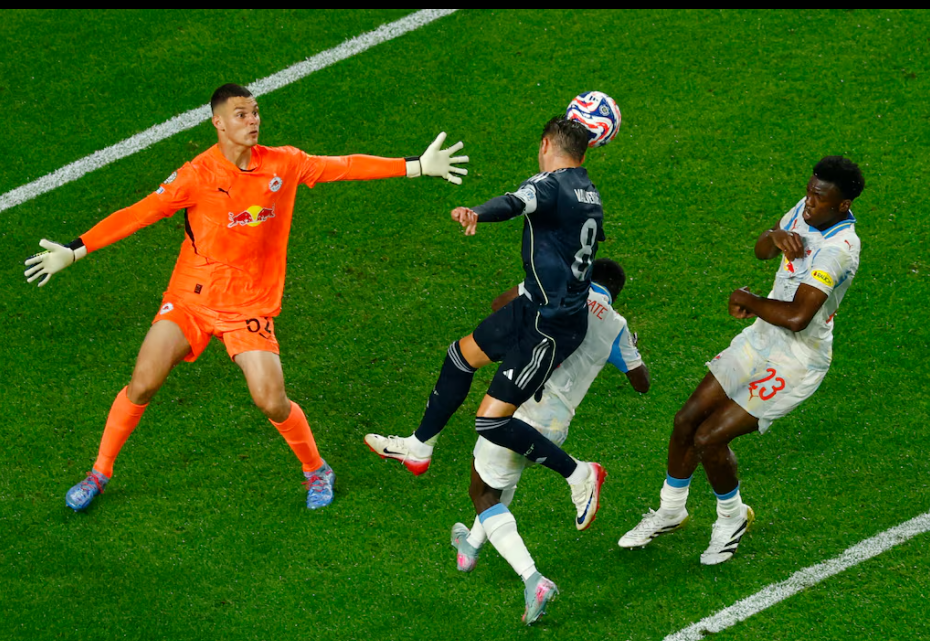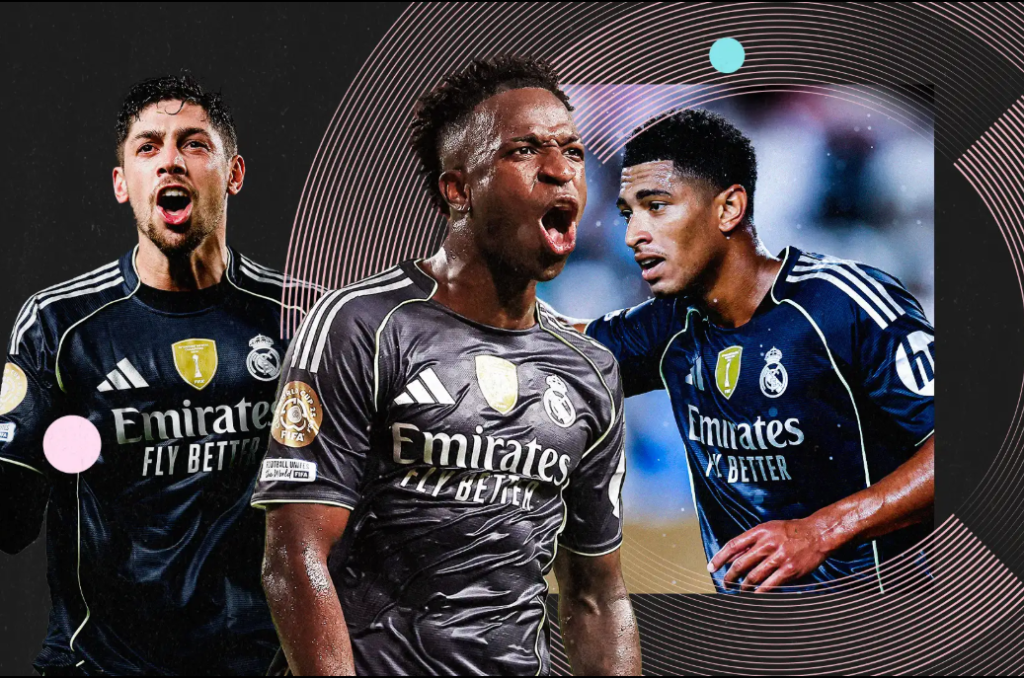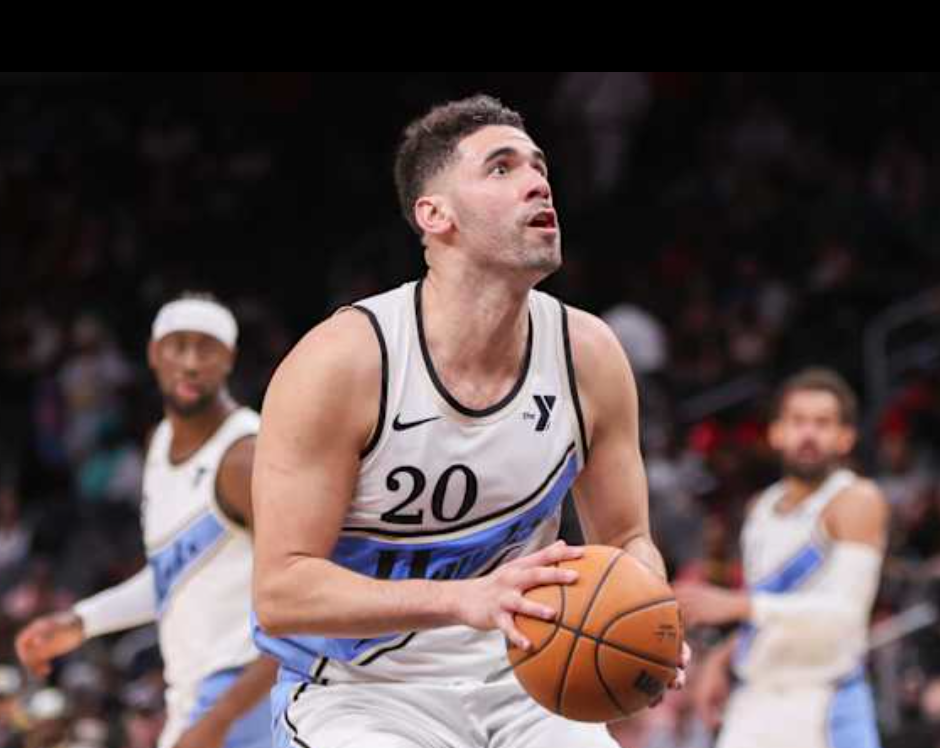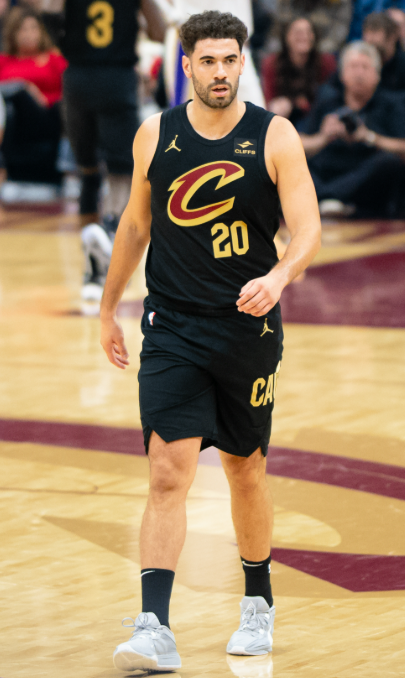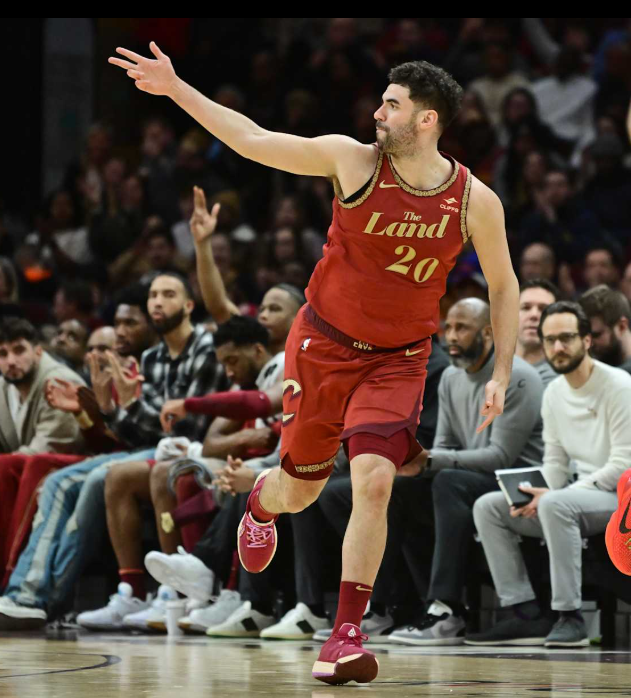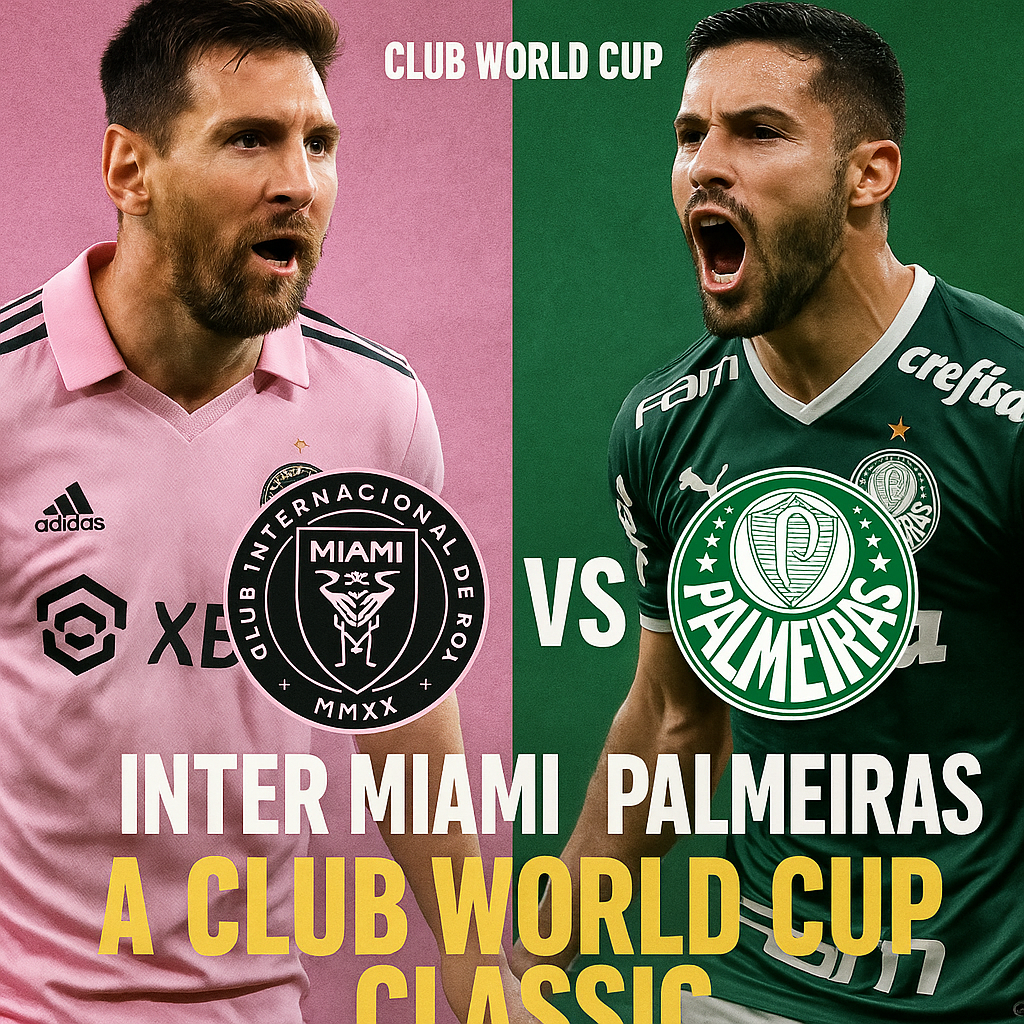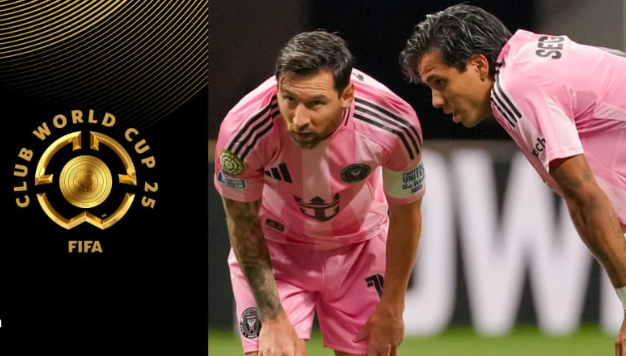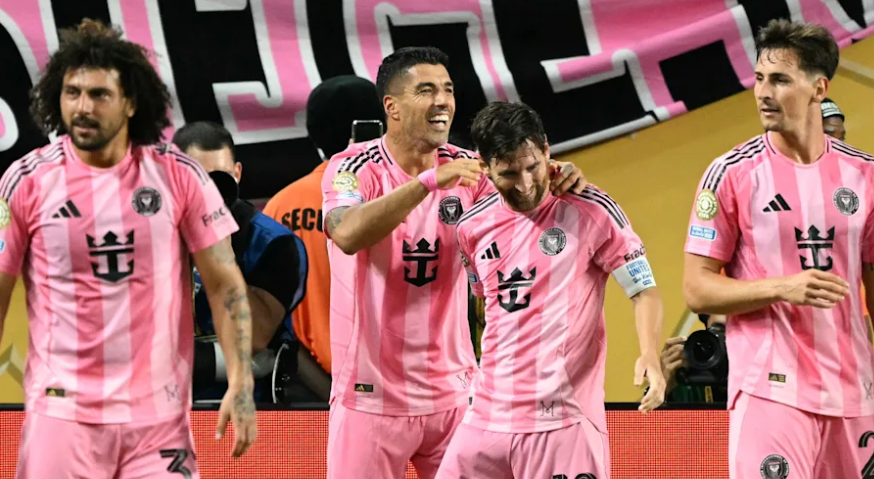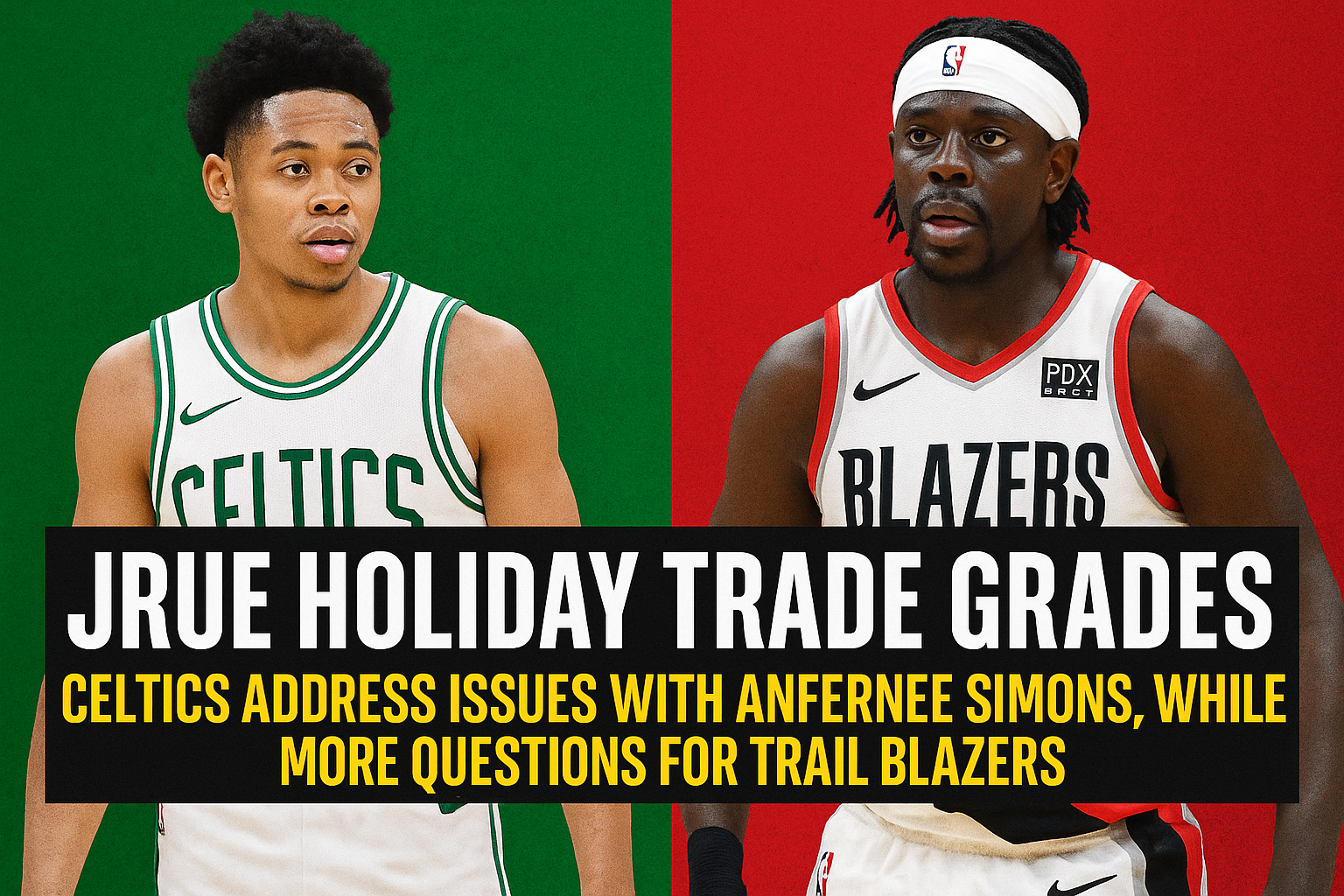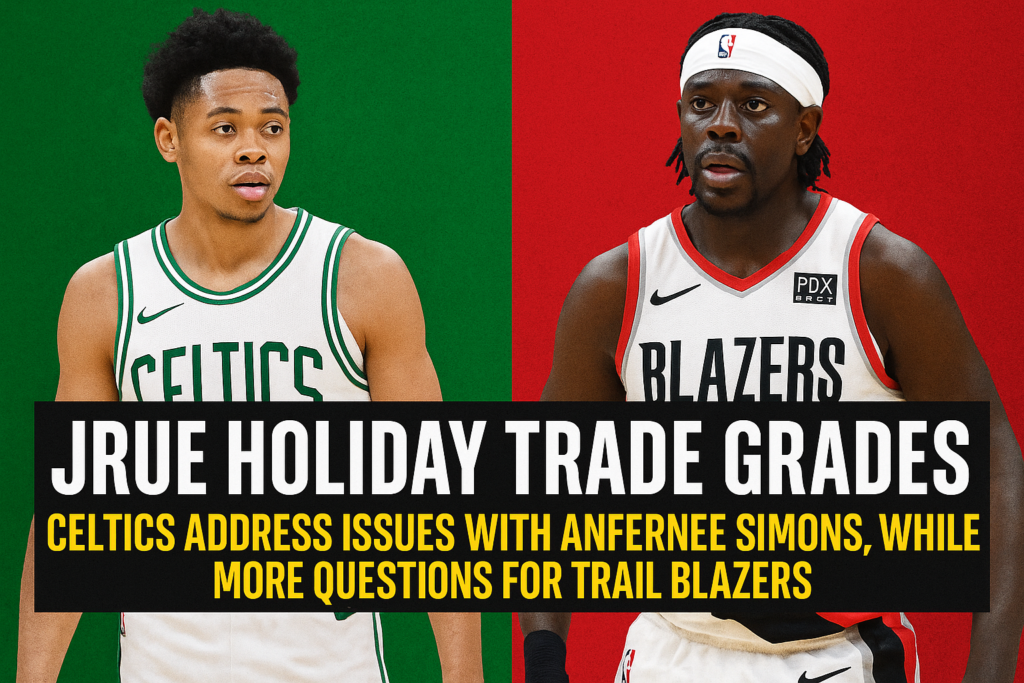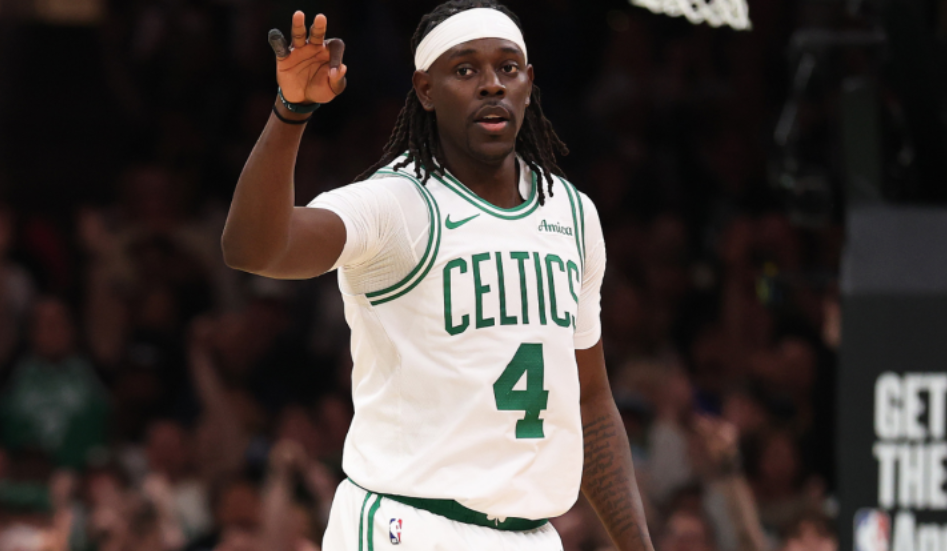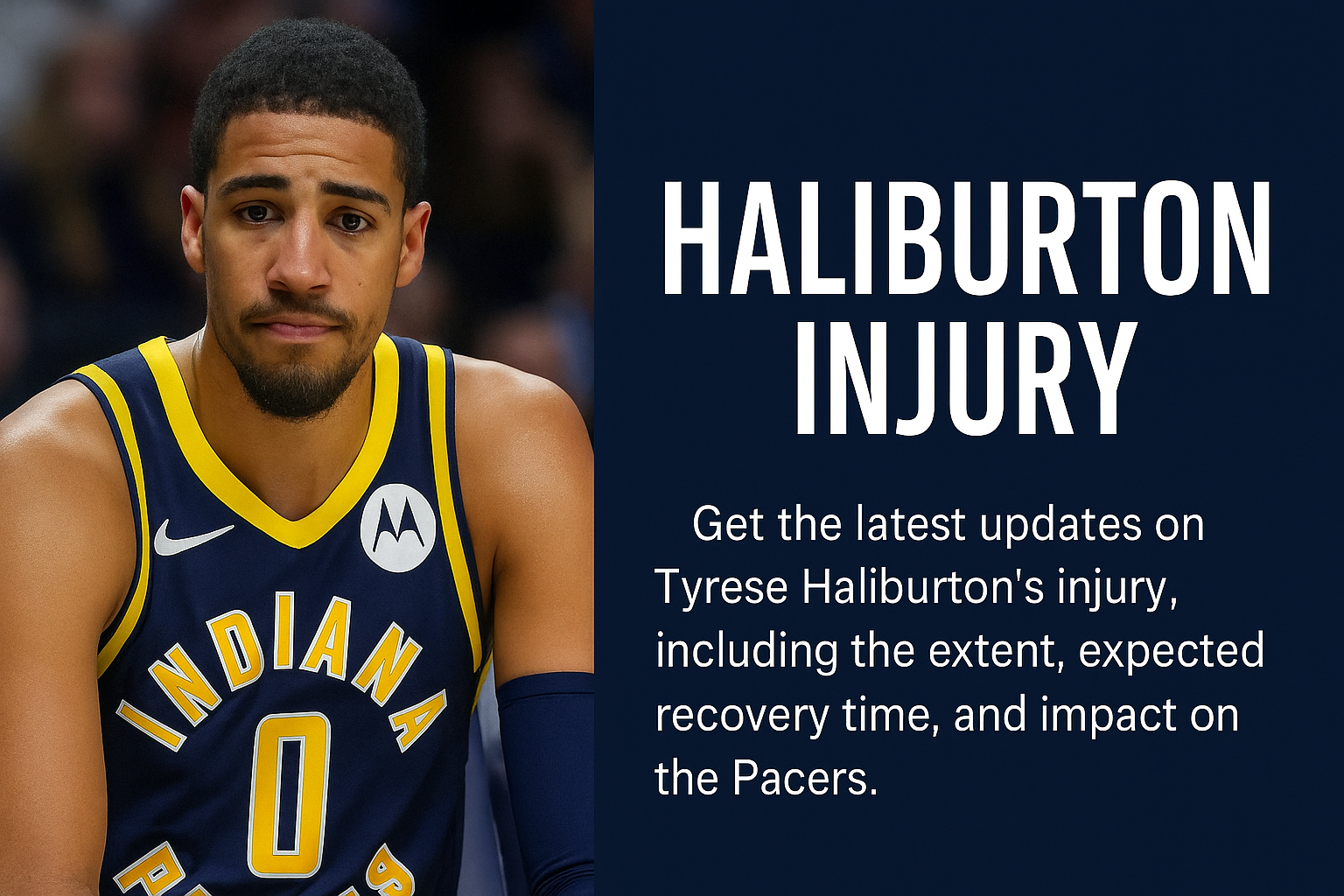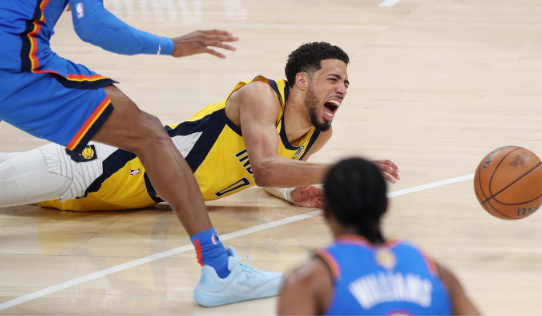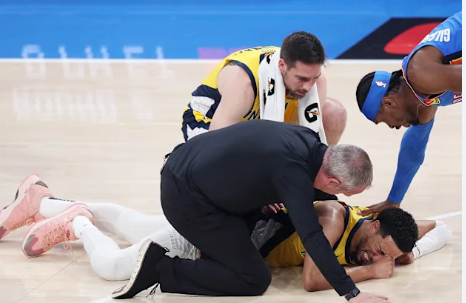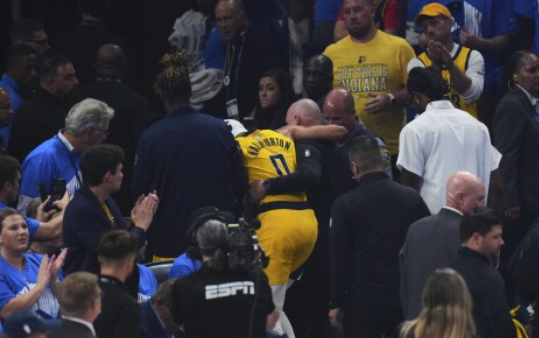In an era where tennis fans have witnessed the towering legacies of Serena and Venus Williams, the rise of new American talents is always met with a mixture of excitement and curiosity. The question of who will carry the torch for the next generation of American women’s tennis has lingered over the sport for years. While the spotlight has often shone on Coco Gauff and Sofia Kenin, a new name is rapidly earning recognition: Hailey Baptiste.
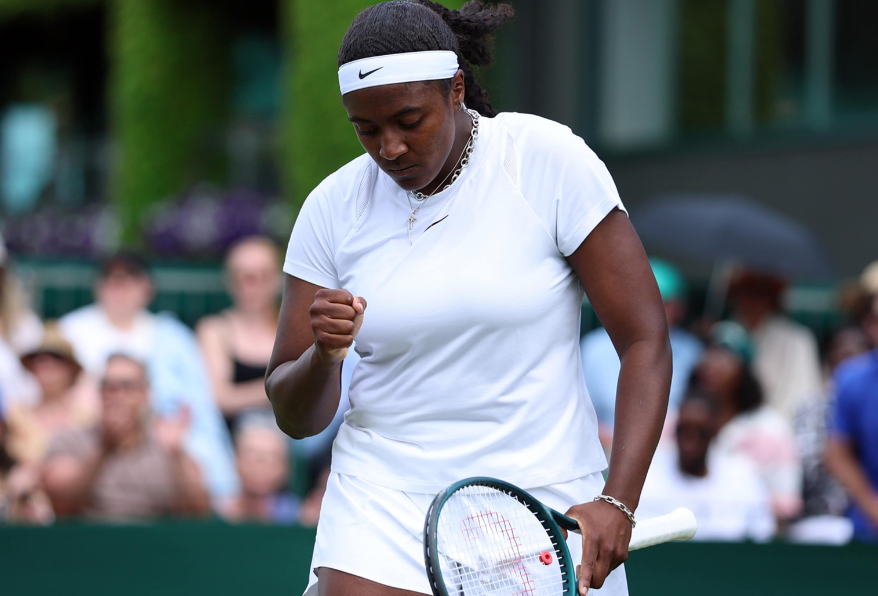
Table of Contents
At only 23 years old, Baptiste’s career trajectory is proving that she is not just a promising player—she is an emerging force capable of redefining what the American game can look like in the 2020s and beyond.
A Childhood Steeped in Tennis of Hailey Baptiste
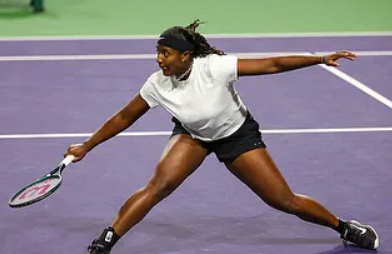
Born in Washington, D.C., in 2001, Hailey Baptiste grew up surrounded by the sport. Unlike many of her peers, who trained primarily in elite academies, Baptiste honed her skills at the Junior Tennis Champions Center (JTCC) in College Park, Maryland. Her early training focused on building a solid all-court game, with an emphasis on developing resilience and shot variety.
Even as a junior, Baptiste displayed a unique blend of athleticism and creativity. Coaches often remarked on her natural feel for the ball and her willingness to play an aggressive, attacking style. This fearlessness, combined with her powerful groundstrokes, made her stand out in national competitions.
By age 17, she had already begun to test her game against professionals on the ITF circuit. Though she faced the usual challenges of transitioning from juniors to the pro tour, Baptiste’s mindset was always focused on the long term.
The Early Professional Breakthroughs of Hailey Baptiste
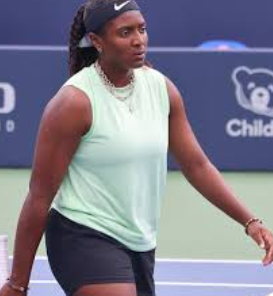
Hailey Baptiste announced herself to the tennis world in 2019 when, as a qualifier ranked outside the Top 250, she stunned the tennis establishment by defeating Madison Keys at the Citi Open in Washington, D.C. The match was more than an upset—it was a statement of potential.
From that moment, she was no longer just a name on the radar. Fans, journalists, and fellow players began to take note of her explosive forehand and her composure in pressure moments. Even in matches she lost, Baptiste earned respect for her fight and her shot-making ability.
Over the next two seasons, she oscillated between WTA events and the ITF circuit, gathering valuable experience. Her ranking steadily climbed, reflecting her consistency and the maturity developing in her game.
An All-Court Game Built for the Modern Era for Hailey Baptiste
One reason Baptiste’s rise feels so significant is her playing style. Unlike some big hitters who rely exclusively on power, she is comfortable adapting her tactics depending on the surface and opponent. She can flatten out her forehand to hit through the court, but she also possesses excellent touch, often surprising opponents with a delicate drop shot or an angled volley.
Her serve is another major weapon. Baptiste can generate an effortless pace and uses her serve strategically to set up short balls. On clay, she has shown a knack for constructing points patiently, a skill that has become increasingly important in today’s game.
This versatility allows Baptiste to compete with players who prefer different tempos, making her an unpredictable opponent and a nightmare to scout against.
Overcoming Challenges and Building the Resilience of Hailey Baptiste
Every young player faces setbacks, and Baptiste has had her share. Injuries and the disruptions of the pandemic slowed her progress between 2020 and 2021. At times, she struggled to string together wins on the bigger stages. For some, these stretches can erode confidence. But Baptiste used them to fuel her work ethic.
Her team focused on building her physical strength to withstand the demands of the WTA Tour. Mentally, she learned to reset quickly after losses—a critical skill in a sport where even the greatest champions lose often.
This ability to stay grounded and keep improving is one of the most encouraging signs that her rise is sustainable. As she has said in interviews, her journey isn’t about sudden breakthroughs but about steady progress and learning from every match.
2024: The Season That Changed Everything for Hailey Baptiste
The 2024 season has become a turning point. Baptiste broke into the Top 60 for the first time after a series of impressive results:
- Quarterfinals in Charleston: where she defeated two seeded players on clay.
- Fourth Round at Roland Garros: a career-best Grand Slam performance, showcasing her growing comfort on slower surfaces.
- Third Round at Wimbledon: proving her adaptability and composure on grass.
- Semifinals in San Jose: her first WTA 500 semifinal appearance, where she upset a Top 10 opponent.
These results were not isolated flukes. They reflected a player whose game has matured technically and whose self-belief is catching up to her talent. Each tournament added new layers to her confidence.
The Significance of Her Rise
Hailey Baptiste’s emergence comes at a time when American tennis is evolving. The Williams sisters redefined what dominance looked like for nearly two decades. Coco Gauff has carried the mantle as the sport’s next superstar. Sloane Stephens, Madison Keys, and Danielle Collins have all contributed to a vibrant American women’s field.
What makes Baptiste stand out is that she offers yet another blueprint for success: a combination of athletic explosiveness, tactical versatility, and a commitment to incremental growth rather than instant stardom.
Her journey resonates with fans who admire resilience and authenticity. She doesn’t project the aura of someone entitled to success; rather, she has embraced the grind of the lower-level circuits and earned every breakthrough.
Role Model and Representation
For many young athletes—especially Black girls inspired by the Williams sisters—Baptiste is a powerful example of representation in action. She has spoken about how Serena and Venus were her idols growing up and how seeing them succeed made her believe she could, too.
In her own way, Baptiste is now carrying that torch, inspiring the next generation to believe that there is space for them in professional tennis.
Positive Sentiment: Why Fans Are Excited
The excitement surrounding Baptiste isn’t only about her results—it’s about the energy she brings to the sport. Fans see a player who competes with joy, respects her opponents, and never takes her opportunities for granted.
Her shot-making can electrify a crowd. Whether she’s ripping a clean winner or pulling off a touch volley, her style feels dynamic and modern. For many, watching her ascend has been one of the most enjoyable storylines in recent seasons.
Her social media presence and interviews also reflect humility and gratitude, further endearing her to a growing fan base.
Negative Sentiment: The Challenges Ahead
Despite all the optimism, it’s important to acknowledge the challenges that remain. Consistency is the hurdle separating good players from champions. While Baptiste has made significant strides, she still occasionally struggles to maintain her highest level over multiple matches.
Her unforced error count can spike under pressure, particularly against top-10 opponents who force her to take more risks. In Slams, sustaining physical and mental intensity over two weeks is another challenge she’s still learning to manage.
In a field crowded with elite talent—Gauff, Iga Świątek, Aryna Sabalenka, Naomi Osaka—it will be difficult for Baptiste to break into the Top 20 without further refinement in her return game and net approaches.
But even these challenges are part of what makes her story compelling. Fans understand that progress isn’t linear. The obstacles she faces only heighten the sense of anticipation about how high she can climb.
A New Era of American Tennis
Hailey Baptiste’s rise isn’t happening in isolation. Alongside Gauff’s ascent and the resurgence of Danielle Collins, it signals a new era of depth and competitiveness in American women’s tennis. No longer is the conversation about just one or two stars. There is now a generation of players who believe they can win big titles.
This competitive ecosystem raises the standard for everyone and creates more compelling rivalries. For American tennis fans, it is a welcome evolution after years of waiting to see who would pick up Serena and Venus’s torch.
Conclusion: The Road Ahead
Hailey Baptiste is still at the beginning of her story. The coming seasons will test her resilience, adaptability, and hunger. But she has already shown that she belongs among the game’s most promising talents.
Her rise is a reminder that the future of American tennis is bright—and that greatness can emerge from the unlikeliest places, fueled by hard work, belief, and the inspiration of those who paved the way.
As she continues her climb, one thing is clear: Hailey Baptiste is not just a name to watch. She is a player poised to leave her mark on the sport and inspire a new generation to dream just as big.
